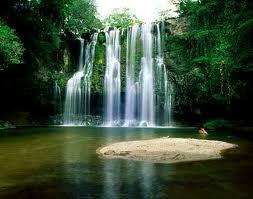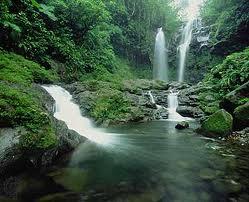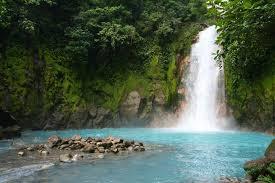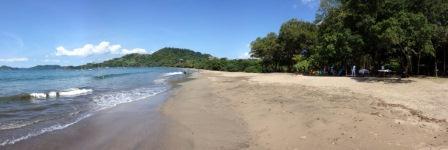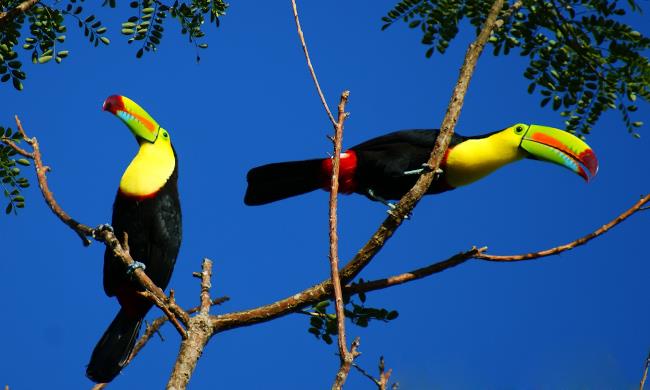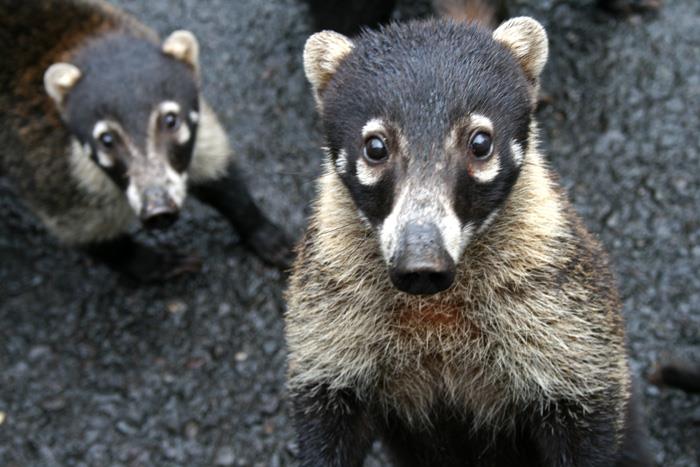Natural Beauty of Costa Rica
People who come to Costa Rica are always taken aback by the natural beauty of this beautiful country. Whether you are looking to relax, or for world-class recreation, this exotic country has it all. Costa Rica has two coasts, and you can enjoy either, the Pacific or the Atlantic. There are high points in the country where you can see both oceans, and there are Playa Hermosa homes for sale everywhere in the country that allow you to live comfortably in such a beautiful place. You need to remember this beauty when you begin the search for a place to live.
You can move into the rain forests to make sure that you have some seclusion, or you can move near the ocean to make sure that you can hear the ocean hitting the shore every day.For the adventurer or the person that simply wants to relax in paradise, Costa Rica has something for everyone.
If you have any questions about the Costa Rican beach homes, condos, ranches or commercial properties, please give me a call today!
A Buyer and Seller's Treasure Chest
If you own real estate in the Gulf of Papagayo region of Guanacaste - Playa Hermosa, Playa del Coco, Playa Panama, Ocotal or any other area in Guanacaste, and you are considering selling, I would like to give you a free evaluation of your home or property.
It is definitely a real estate Buyer's market in Guanacaste and opportunities are quick to get snatched up when speaking of homes for sale in Playa Hermosa. Many real estate opportunities are bought & sold without ever going on the market. I can help you find these hidden treasures -- that could easliy be yours!
Contact me today for more information on how YOU can start living the dream of owning real estate in Playa Hermosa. A paradise that I call home!!
Respectfully and Best Regards,
Joseph A. Emanuelli

Managing Broker – Tres Amigos Realty Group
Jaaechef@gmail.com
Playa Hermosa, Guanacaste Costa Rica, Central America
Office 011-506-2672-4100
Mobile 011-506-8358-6617
Toll Free From US & Canada 877-661-6074
Member CRGAR, NAR, CIPS, RSPS, IRES, ACP, SDIRA, TRC, ICREA, CRMLS















